County Durham has so much to offer visitors; from breath-taking scenery in Teesdale & Weardale to UNESCO World Heritage Sites in Durham, there are a multitude of activities and attractions to appeal to all.
Barnard Castle & Town
Set on a high rock above the River Tees, Barnard Castle is one of the most historic castles in the north of England. It has been fought over, won and lost by some of the most famous figures in English history. It has withstood sieges, been successfully besieged, and it has been claimed by nobles, bishops and kings.
The town itself is a hive of restaurants, cafés and pubs. For food lovers especially, locally produced food can be found in the independent butchers, green grocers, bakers and specialist shops and at the monthly farmers’ market which is held on the cobbles in the Market Place.
The Witham arts centre, with its events programme of music, theatre, film and comedy, is at the heart of the town’s wide range of cultural events. From events in the many surrounding village halls to concerts in churches and an annual outdoor Shakespeare production by The Castle Players, there’s plenty of entertainment to enjoy.
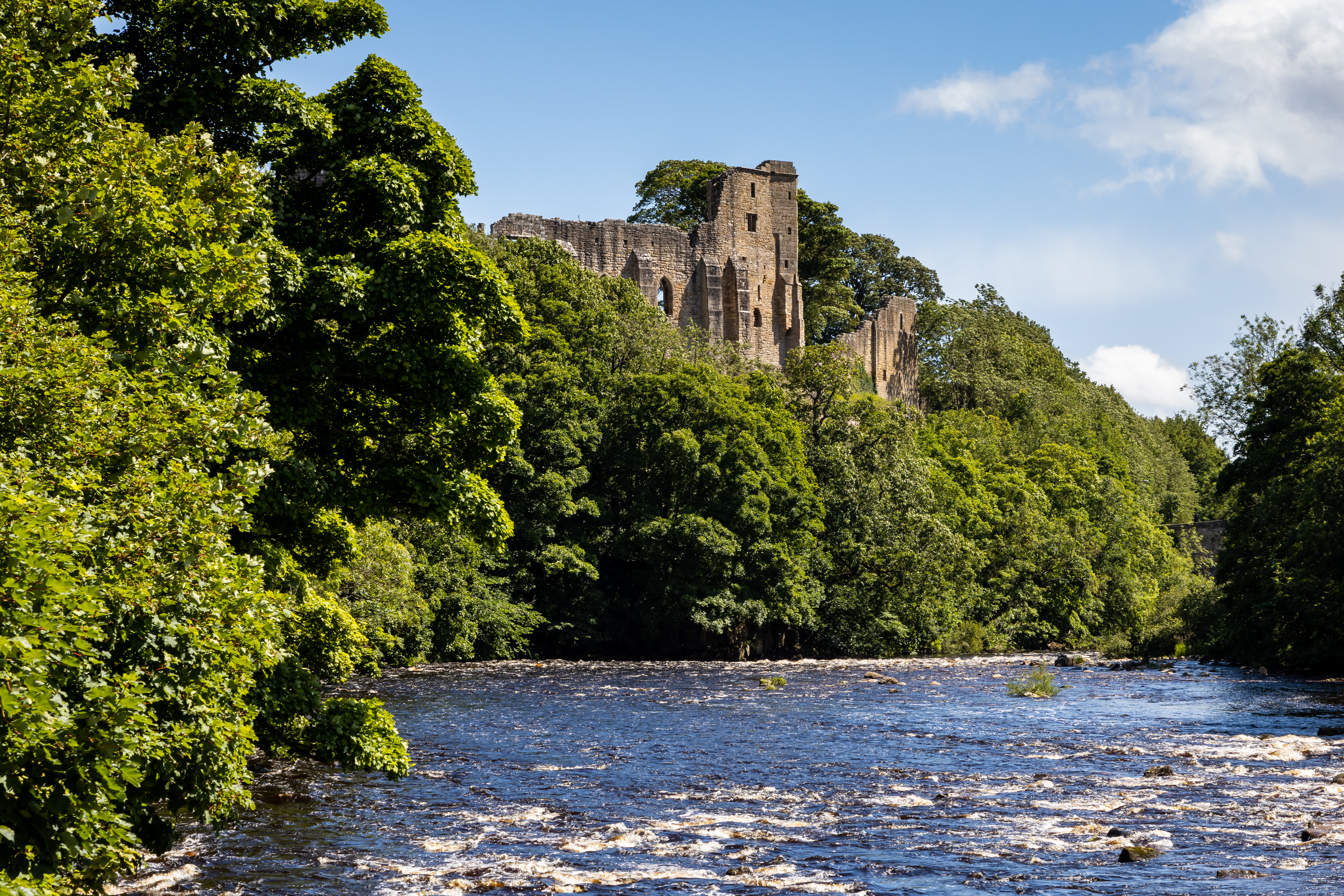
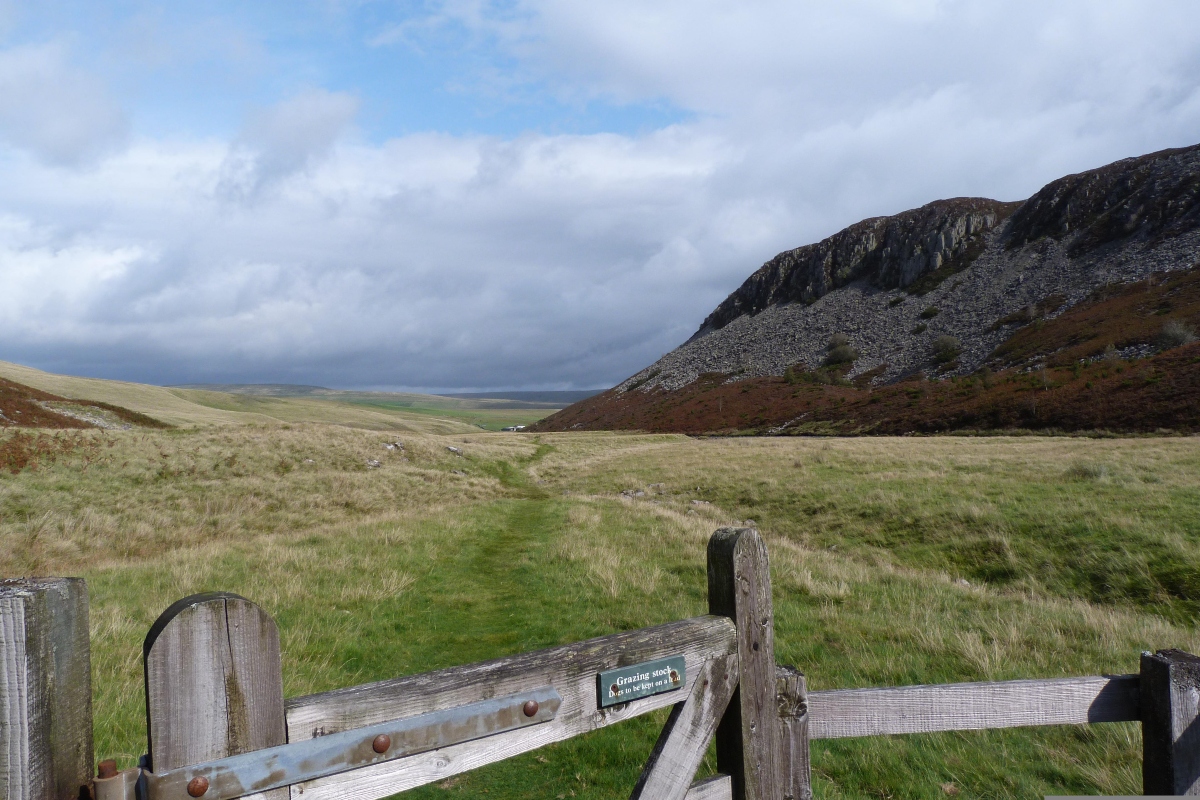
Walking in the Durham Dales
The Dales, comprising Teesdale and Weardale, are sparsely populated expanses of exposed moorlands, hills dotted with dry-stone walls and steep valleys that together comprise the Durham section of the North Pennines. As well as the Tees, the rivers Wear and Derwent also rise in the Dales, the latter forming County Durham’s northern border as it heads towards the North Sea.
Settlements are few and far between. The market towns of Stanhope, Middleton-in-Teesdale and Wolsingham, as well as Barnard Castle, are the main centres of population, interspersed with small but attractive villages home to cottages built with the local limestone.
Spring is a good time to see breeding lapwings, oystercatchers and redshanks, while the elusive black grouse inhabits the moors. Catching black grouse’s courtship ritual – or lek – is a magical encounter, but usually involves a not-quite-so-magical early start! At the Dales’ eastern edge, Hamsterley Forest provides another wildlife haven, its 2,000 acres criss-crossed by footpaths, cycle routes and horse-riding trails.
Raby Castle & Deer Park
Raby Castle is without doubt one of the most impressive intact castles in the North of England. Built in the 14th century by the powerful Neville family, it has a long history. Home to Cecily Neville, mother of two kings of England, it was also the scene of the plotting of the Rising of the North and a Parliamentary stronghold during the Civil War.
The approach to the castle is particularly beautiful as its towers appear and disappear amongst the trees of the surrounding parkland with its ornamental lakes and herds of deer. The exterior with medieval towers, terrace and embattled walls dates back to the 11th century.
Explore the picturesque parkland, meet the herds of red and fallow deer and discover the hideaway playground at The Plotters' Forest, built within a Christmas tree plantation, for a dose of wonderful family fun.
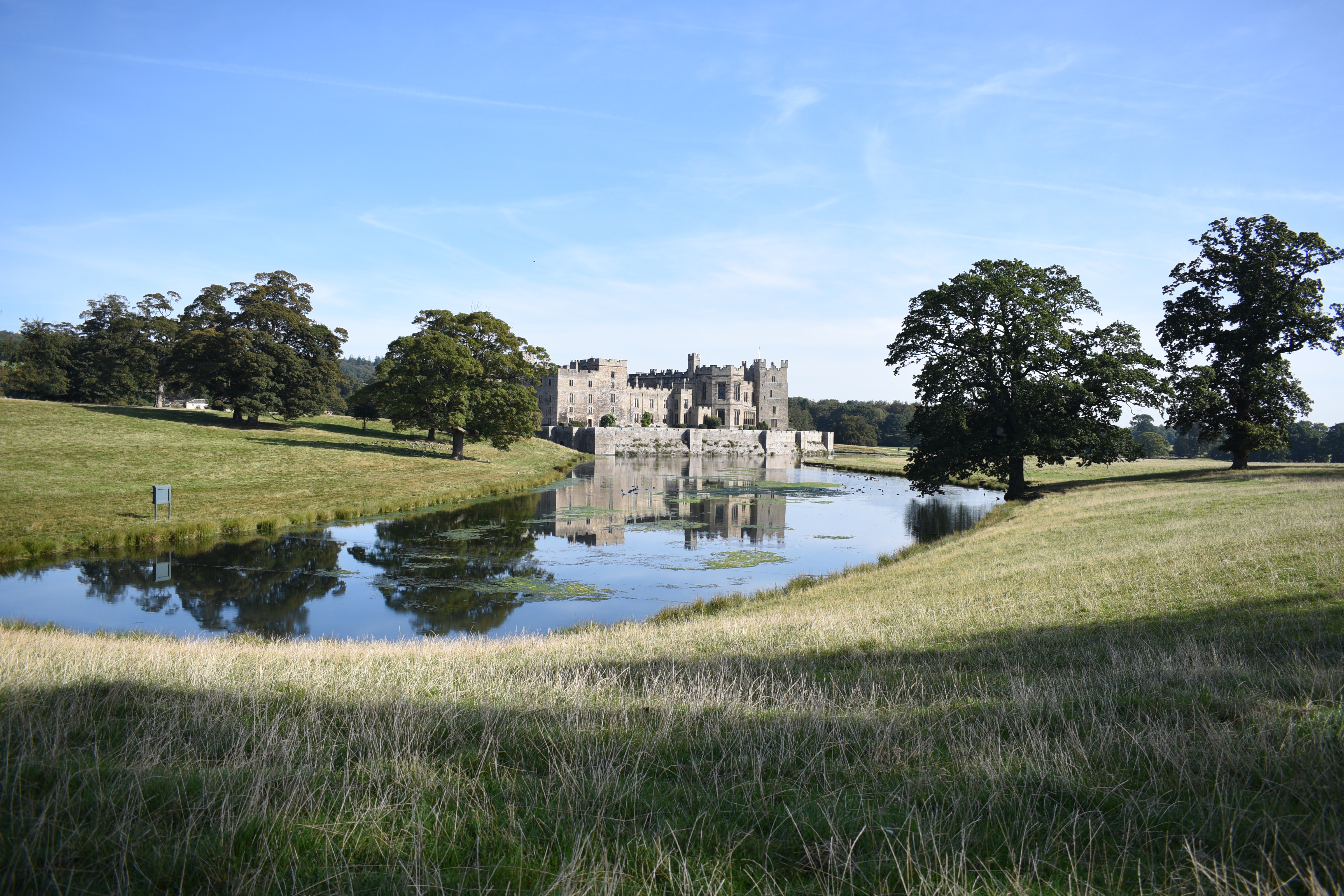
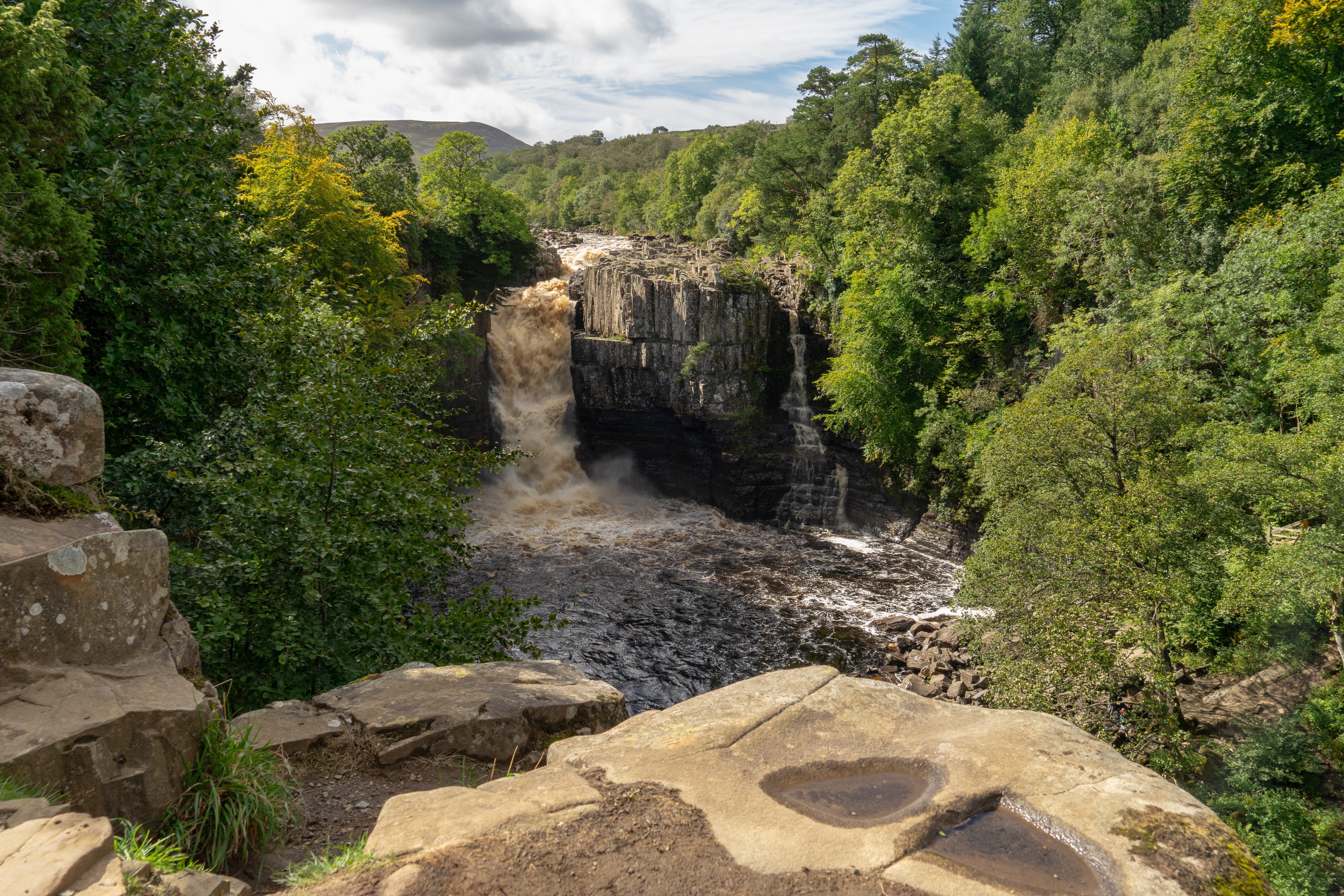
High Force Waterfall
High Force is one of the most impressive waterfalls in England. The River Tees has been plunging into this gorge for thousands of years but the rocks it reveals are far more ancient – with origins dating back over 300 million years!
High Force Waterfall is found in the stunning North Pennines an Area of Outstanding Natural Beauty, as well as being part of a Global Geopark. High Force is located under some of the darkest skies in the country, perfect for stargazing!
Durham & Durham Cathedral
Durham City has a magical charm rarely found in other places. From walking the time-worn cobblestone streets to exploring the cloisters of Durham Cathedral, you can almost feel the history all around you. Durham Cathedral's central tower is where visitors can conquer 325 steps and enjoy unrivalled views over the historic city and surrounding countryside.
Explore the timeless quality of this quintessential old English university city, take some time out with a relaxing riverside walk or river cruise, or soak up the atmosphere among the superb restaurants, artisan workshops, boutiques, galleries and museums.
Watch the world go by in one of the many lovely cafés, shop for gourmet treats, locally produced food or original crafts in an array of shops and markets, or find city-centre calm at one of the city's many green spaces.
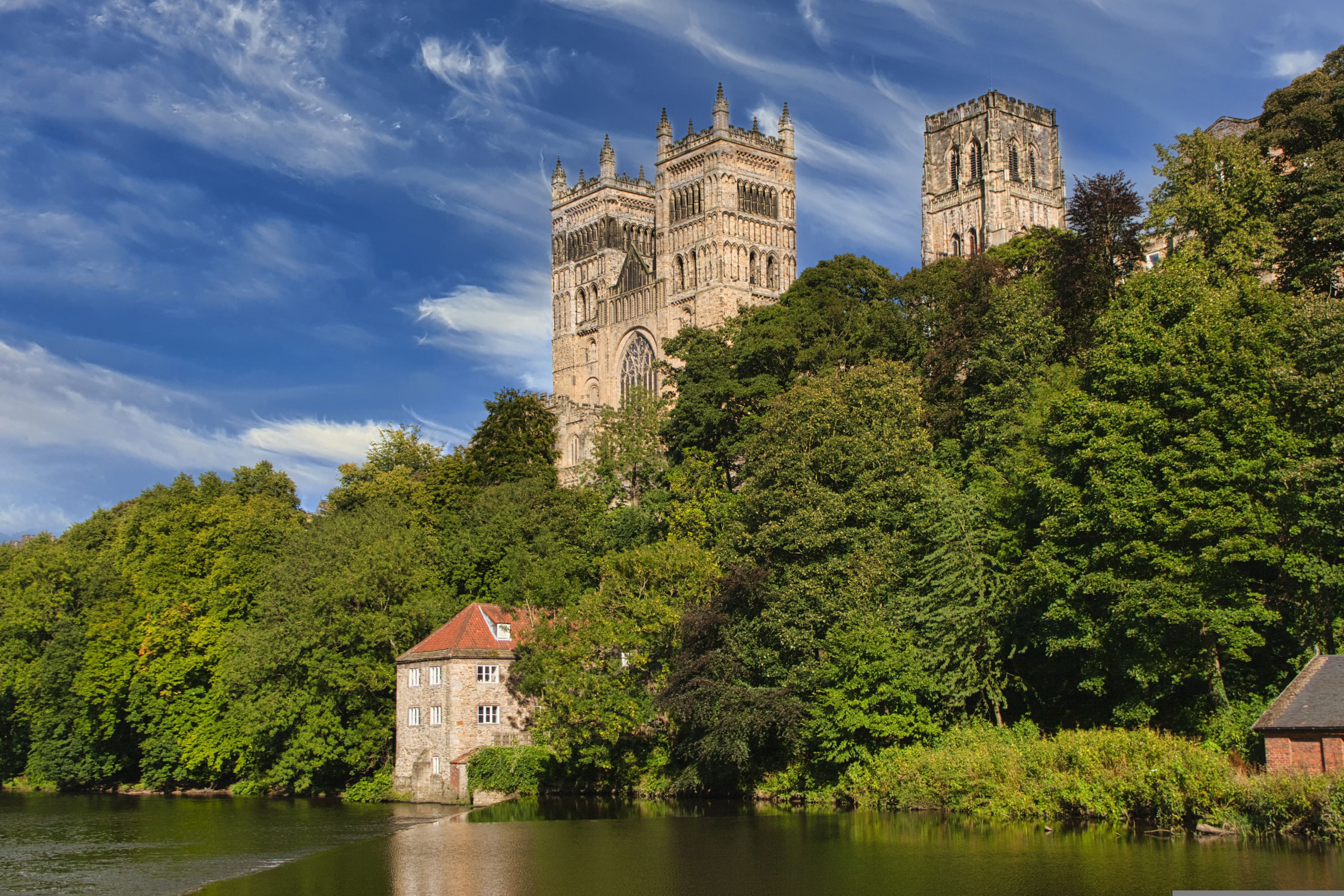
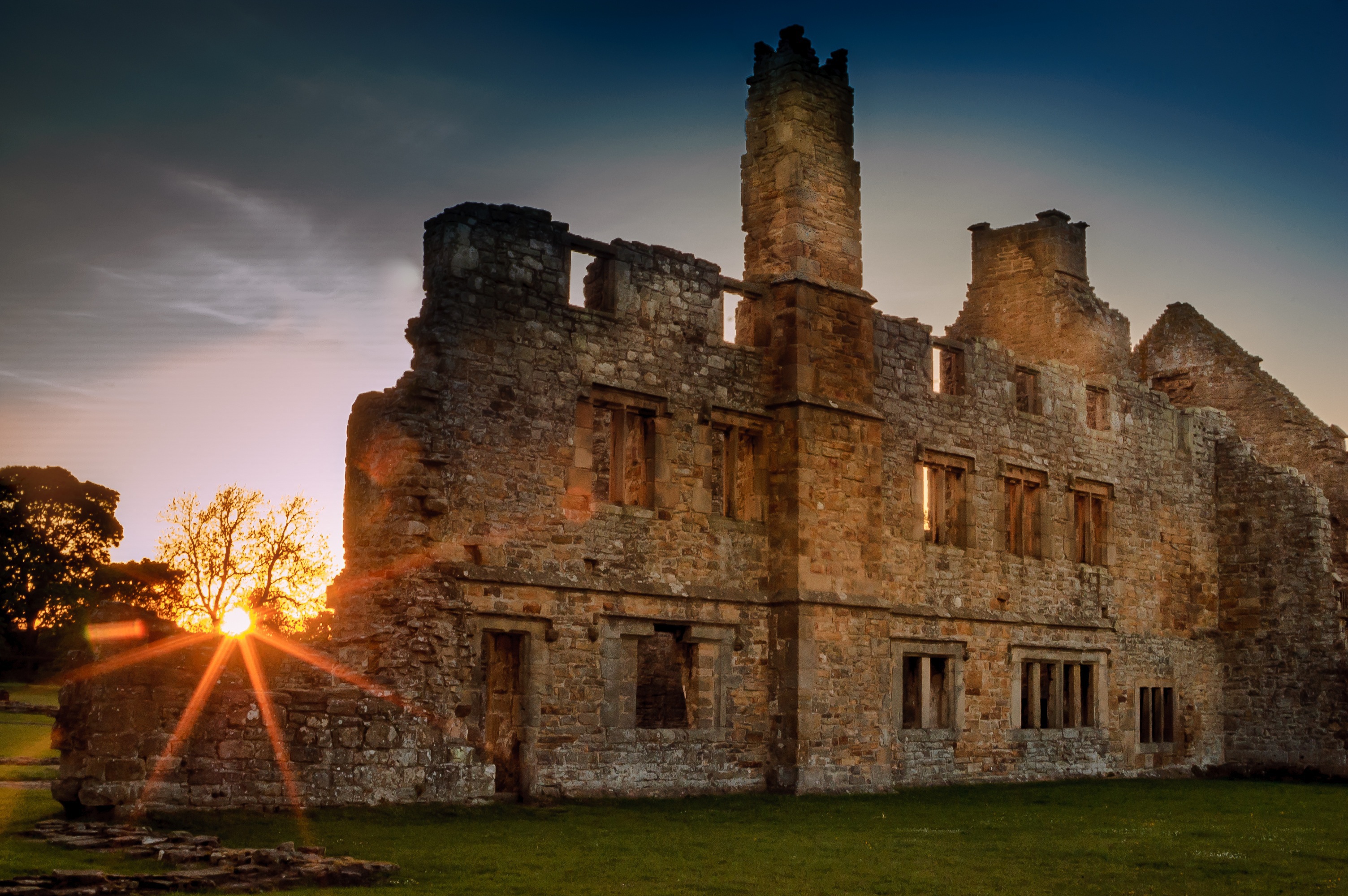
Egglestone Abbey
A beautifully situated medieval abbey overlooking the River Tees, just south-east of Barnard Castle, Egglestone Abbey was established around 1195 by a group of Premonstratensian canons, on land donated by Ralph de Multon.
The best remaining buildings are the abbey church, where there are several surviving medieval tombs under the crossing, notably the table tomb of Sir Rafe Bowes. The east end, or presbytery, stands to the height of the great east window and beyond the church is the cloister, whose only remnants are the foundation walls showing the outline of the cloister walk.
